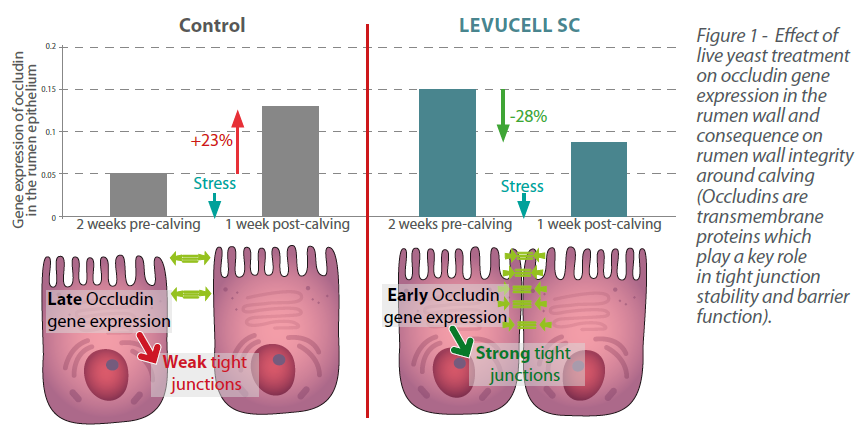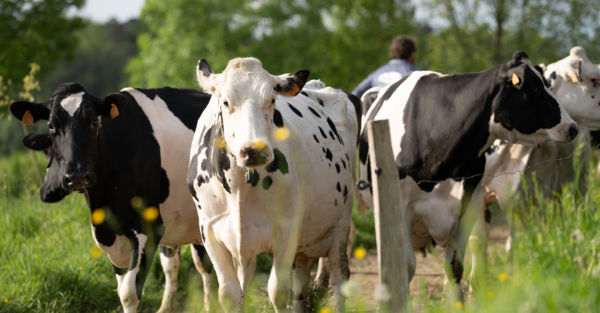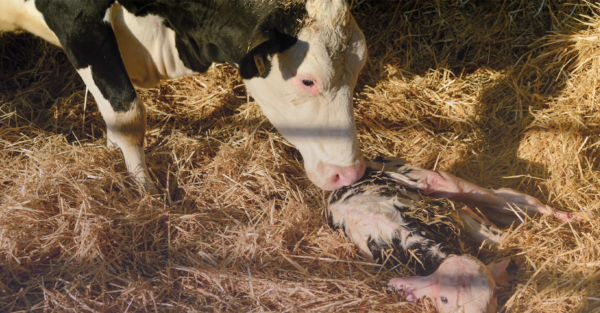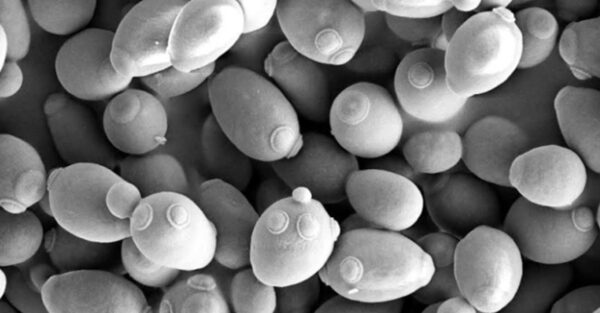Blog | Reading Time 3 minutes
Live yeast improves rumen wall integrity and limits rumen epithelium inflammation in transition
The transition around calving is a critical time for the dairy cow with major dietary, metabolic and physiological changes. In particular, the transition from a high-fiber to a high carbohydrate diet represents important challenges for rumen microbiota and, thus, rumen health with a negative impact on the cow’s inflammatory status. Using endoscopy and quantitative RT-PCR as an innovative approach to assess the dynamics of rumen wall integrity around calving, Alex Bach’s team (IRTA, Spain) and Lallemand Animal Nutrition conducted a significant study at the Blanca Experimental Farm (Spain) on the impact of transition challenges on rumen health and the effects of live yeast at the rumen wall gene expression level1.

Innovative transition study
The trial was conducted on 21 Holstein dairy cows from 21 days before calving until 21 days after calving. The diet changed from 28% concentrate before calving (51.2% NDF, 13.2% crude proteins) to 64% concentrate after calving (34.8% NDF, 15.2% CP).

Dairy cow trial at Blanca facilities (Spain) and the medical endoscope used for rumen biopsies
This study was designed to evaluate the effects of transition challenges and live yeast Saccharomyces cerevisiae CNCM I-1077 (LEVUCELL SC) on rumen wall integrity and inflammatory status.
Dairy cow trial at Blanca facilities (Spain) and the medical endoscope used for rumen biopsies
Using a medical endoscope, the researchers biopsied rumen epithelium tissues and studied histological and immune-related gene expression dynamics during diet transition.
Key findings
- First, this study confirmed the transition represents a challenge for rumen wall integrity, which has been linked to leaky gut issues. The rumen wall responded to inflammation with changes in gene expression levels. For example, the level of anti-inflammatory cytokine IL-10 expression in the rumen epithelium doubles after calving.
- The rumen modifier live yeast S. cerevisiae CNCM I-1077 fed prior calving helps the rumen wall better prepare for the stress encountered around calving:
- The rumen wall barrier integrity is better prepared to face the stress of diet transition. Before calving, the live yeast increases the expression of the gene encoding occludin, a transmembranous protein, which plays a key role in tight junction stability and barrier function within the rumen epithelium. (Fig. 1). By reinforcing the tight junctions, S. cerevisiae CNCM I-1077 may improve rumen wall integrity of supplemented cows.
- The rumen wall is better prepared and more resistant to LPS and inflammatory challenges related to diet changes through a higher TLR4 gene expression for live yeast group before calving. TLR4 (Toll-Like Receptor) is able to recognize lipopolysaccharides.
- A reduced Il-10 gene expression post calving suggests lower inflammatory status with the live yeast as compared to control cows around calving.

Finally, the improved rumen barrier function results in enhanced rumen health as shown at genetic and cellular level, but this is also visible on cow performance. Dry matter intake in the three first weeks post-calving was higher with the live yeast supplement (on average 18.2 vs 15.7 Kg/day, p<0.05), leading to higher milk production: milk yield was improved by 6Kg/cow/day with the supplement (p<0.05).
1Bach A, Guasch I, Elcoso G, Chaucheyras-Durand F, Castex M, Fàbregas F, Garcia-Fruitos E, Aris A. Changes in gene expression in the rumen and colon epithelia during the dry period through lactation of dairy cows and effects of live yeast supplementation. J Dairy Sci. 2018 Mar;101(3):2631-2640
Published Oct 10, 2018 | Updated May 29, 2023
Related articles
Need specific information?
Talk to an expert


